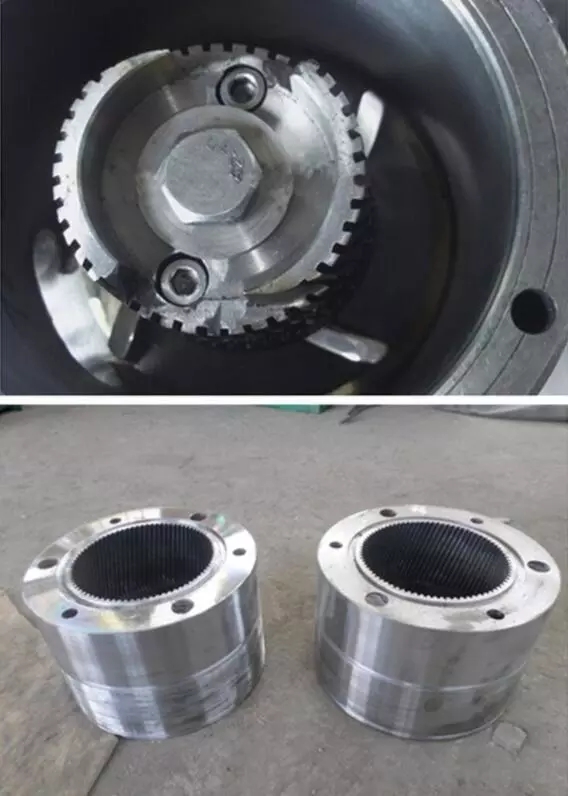Peanut Butter Colloid Mill Structure and Advantages
Peanut Butter Machine is also known as peanut butter colloid mill has the characteristics of compact design, practical model, beautiful appearance, good seal, stable performance, convenient operation, simple decoration, durable, wide range of application, high production efficiency, etc., is the most ideal processing equipment for processing fine materials.
Except for the motor, all parts in contact with the peanut butter are made of high-strength stainless steel. In particular, the movding and fixed grinding discs are strengthened. Therefore, they have good corrosion resistance and wear resistance. It makes the processed materials pollution-free, sanitary and pure. Can also be customized according to user’s special requirements. Among them, the combination of the moving grinding disc, fixed grinding disc, and mechanical seal of the core part of the machine is the most critical part of the machine. Therefore, the selection must be different according to the nature of the material being processed. But the materials are made of stainless steel or special materials. The motor is specially designed according to the needs of different models, and a water retaining plate is installed at the flange end of the motor to prevent leakage.

Compared to the pressure type homogenizer, peanut butter colloid mill is a centrifugal device first. Its advantages are simple structure, convenient equipment maintenance, suitable for materials with higher viscosity and larger particles. Its main disadvantage is also determined by its structure. First of all, due to the centrifugal movement, the flow rate is not constant, which corresponds to a large change in the flow rate of materials with the same viscosity. For example, the same equipment, when processing viscous paint materials and thin milk fluids, the flow can differ by more than 10 times; secondly, because of the high-speed friction between the rotor and the material, it is easy to generate large heat, The material to be treated is denatured. Third, the surface is more prone to abrasion, and after abrasion, the refinement effect will be significantly reduced.
Colloid mill is divided into vertical type and horizontal type. Its main part is composed of housing, stator, rotor, adjusting mechanism, cooling mechanism, motor and so on. Its main parts are made of stainless steel, corrosion-resistant and non-toxic. The use unit can choose different specifications and models of colloid mills to achieve good results according to different material characteristics, production efficiency, and different uses. The height of the horizontal colloid mill is low and the height is vertical. The horizontal type should consider the design of the axial positioning to prevent the motor shaft from penetrating and touching the teeth. It is best to use the motor front cover bearing, because the axial thermal expansion of the motor rotor and shaft will be directed to the motor rear bearing direction Move to reduce the effect on the clearance of the grinding head. Since the vertical colloid mill is installed vertically, the self-weight of the motor rotor will not cause the motor shaft to penetrate axially, so it is not necessary to consider the axial positioning. Due to the horizontal installation, if the discharge port is upward, a discharge valve should be set under the discharge port so as to stop the material in the colloid mill for a long time. The anti-fouling disk design should consider the self-return of the sewage. The transmission efficiency of the two colloid mills is close to that of the split type.